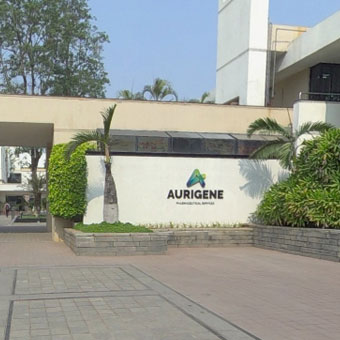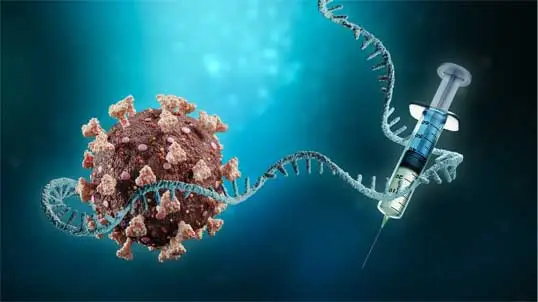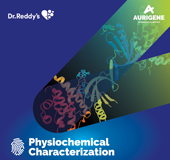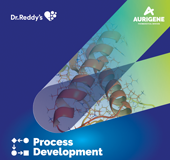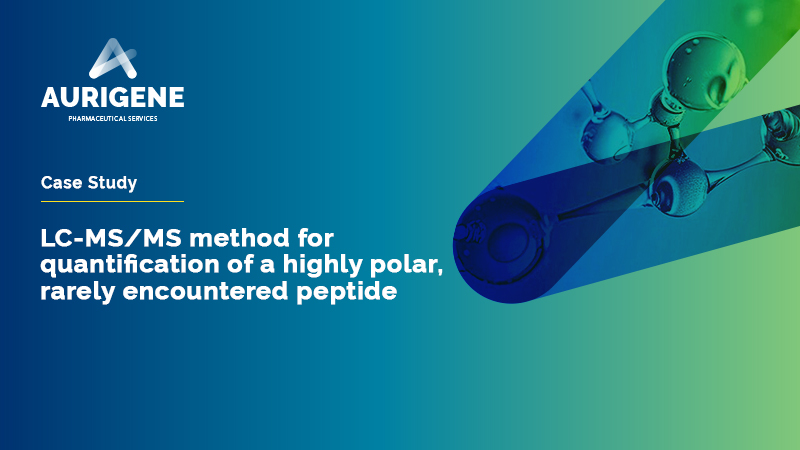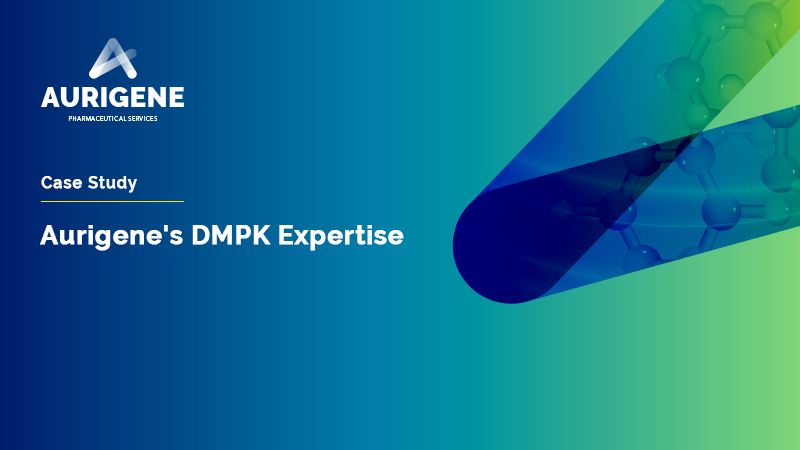
We provide a wide range of antibiotic susceptibility testing services such as Minimum Inhibitory Concentration (MIC) and Minimum Bactericidal Concentration (MBC) tests in accordance with the guidelines issued by the Clinical and Laboratory Standards Institute using broth micro dilution, broth macro-dilution, disk diffusion, and agar dilution methods.
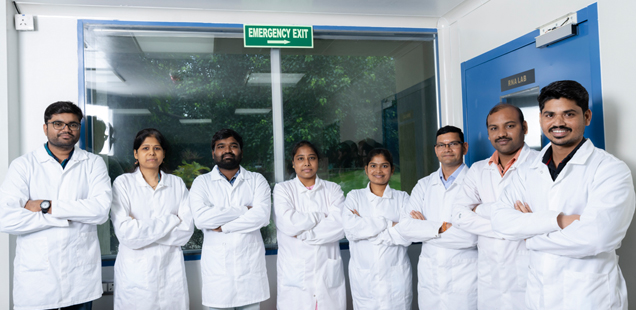

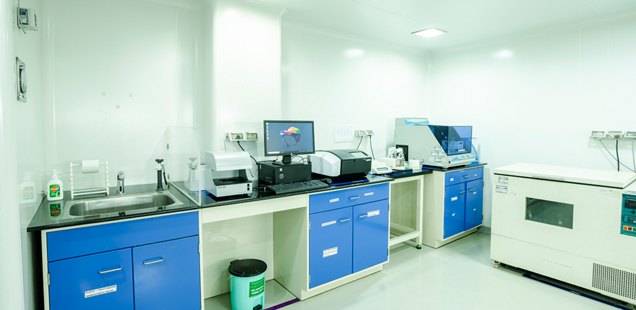
Minimum Inhibitory Concentration (MIC)
The MIC testing services for New Chemical Entity (NCE) helps determine the lowest concentration of an antimicrobial agent that prevents visible growth of a microorganism under defined test conditions.
We use the MIC values to evaluate the activity of new antimicrobial agents and to determine the NCE’s susceptibilities of microorganisms. MIC is considered as the ‘gold standard’ for determining the susceptibility of organisms to antimicrobials and is therefore used to judge the performance of all other methods of susceptibility testing.
Cultured microbes are incubated with the NCE at various concentrations and measured for the results using agar dilution or broth dilution methodology to determine the MIC endpoint. Agar dilution involves incorporating different concentrations of the antimicrobial substance into agar medium followed by the application of a standardized number of cells to the surface of the agar plate. For broth dilution, we often determine it in 96-well micro titer plate format, where microorganisms are inoculated into a liquid growth medium in the presence of different concentrations of an antimicrobial agent. Growth is assessed after incubation for a defined period of time (16–20 hours).
Susceptibility testing is typically conducted using organisms that contribute to an infectious process warranting antimicrobial chemotherapy. Several microorganisms such as aerobic or anaerobic bacteria, yeasts can be tested based on the requirement.
Minimum Bactericidal Concentration (MBC)
The MBC testing services help determine the lowest concentration of an antimicrobial agent required to achieve bactericidal killing defined at 99.9% reduction in the initial inoculum. We chose it by sub-culturing broth dilution concentrations that inhibit the growth of a bacterial organism i.e. concentrations at and above the MIC. The broth dilutions are streaked onto agar surface and incubated for 24 to 48 hours. MBC is the lowest broth dilution of antimicrobial that prevents the growth of the organism on the agar plate. Failure of the organism to grow on the agar plate implies that all viable microorganisms have been eliminated.
Why Aurigene Minimum Inhibitory (MIC) and Minimum Bactericidal Concentration (MBC) Services?
Submissions to the US FDA
Highly- qualified and experienced scientists
Audited by the US FDA with zero 483 in 2019
BSL-2 compliant microbiology lab
Connect with our scientific experts for your drug discovery, development, and manufacturing needs
We understand that clear communication is essential to successful collaborations, and that's why we have a dedicated team that is always ready to help you. Whether you have questions about our services, want to discuss a potential partnership, or simply want to learn more about our company, we're here to help.
Our team of experts is dedicated to providing personalised solutions tailored to your unique needs. So, please don't hesitate to reach out to us. We look forward to hearing from you and helping you achieve your business goals.
Resources
OCTOBER 01, 2024
PROTACs: Research for a life without cancer
PROTACs: Proteolysis-targeting chimeras (PROTACs) are a rapidly evolving field with promising applications in cancer, neurodegenerative diseases, and other conditions where the regulation of protein levels is crucial. PROTACs are a novel class of small molecules designed to target specific proteins for degradation by the ubiquitin-proteasome sys...
Read More
Advancement in personalized medicine and how the CRDMO industry is part of the solution
Personalized medicine is transforming the healthcare landscape by customizing treatment plans to individual patients’ unique genetic, clinical and environmental characteristics. These are effective and less invasive treatments for a wide range of conditions. Contract Research, Development and Manufacturing Organizations (CRDMOs) play an important role...
Read More
Cell Line Development
We enable development of stable and high yielding recombinant Mammalian and Microbial lines. ...
Read More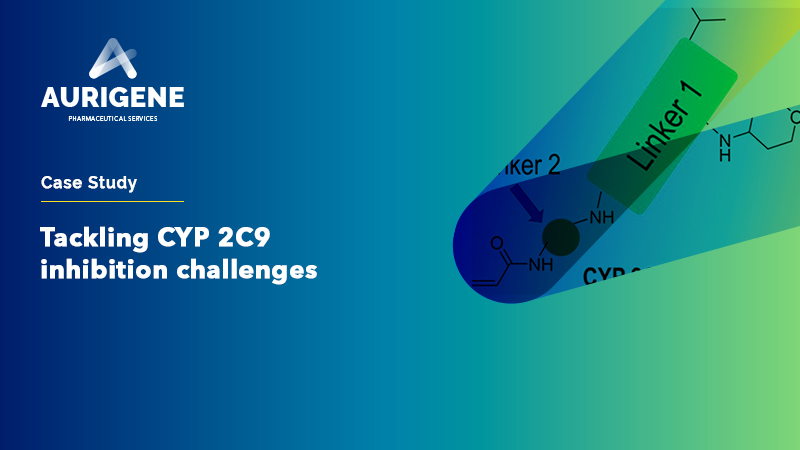
Case study: Tackling CYP 2C9 inhibition challenges
The Problem: Active compounds in a project were found to be highly potent inhibitors of CYP 2C9 The compounds selectively inhibited CYP 2C9 with IC50 values <100 nM There was no considerable inhibition of the other CYP isoforms Our Mitigation Approach: CYP 2C9 inhibition data was generated for a larger set of co...
Read MoreSynthesis of Anti-covid Drug Nirmatrelvir Using Flow Chemistry
2022
Synthesis of the anti-covid therapeutic Nirmatrelvir by using flow chemistry to enhance efficiency of amide to nitrile conversion in a functionally and Stereochemically Embellished environment. ...
Read More-
Discovery of MAP855, an Efficacious and Selective MEK1/2 Inhibitor with an ATP-Competitive Mode of Action.
2005
Mutations in MEK1/2 have been described as a resistance mechanism to BRAF/MEK inhibitor treatment. We report the discovery of a novel ATP-competitive MEK1/2 inhibitor with efficacy in wildtype (WT) and mutant MEK12 models. Starting from a HTS hit, we obtained selective, cellularly active ...
Read More -
Wang-OSO3H catalyzed green synthesis of bioactive isoindolo[2,1- a ]quinazoline-5,11–dione derivatives: An unexpected observation
2005
The sulphonic acid-functionalized Wang resin (Wang-OSO3H) was explored as a polymeric and recov- erable acidic catalyst for the synthesis of isoindolo[2,1- a ]quinazoline-5,11–dione derivatives under green conditions. Thus the Wang-OSO3H ...
Read More -
Polycyclic Aromatic Compounds: A Simple and Efficient [(n-Bu3Sn)2MO4]n Catalyzed Synthesis of Quinazolinones and Dihydroquinazolinones
2005
A novel unprecedented approach for the synthesis of various quinazolinones and dihydroquinazolinones has been using [(n-Bu3Sn)2MO4]n as a catalyst. The reaction has been screened ...
Read More
You are about to leave Aurigene Pharmaceutical Services and affiliates website. Aurigene Pharmaceutical Services assumes no responsibility for the information presented on the external website or any further links from such sites. These links are presented to you only as a convenience, and the inclusion of any link does not imply endorsement by Aurigene Pharmaceutical Services.
If you wish to continue to this external website, click Proceed.


Leaving already?
Don't forget to join us at
CPHI Worldwide 2023.
October 24th-26th, 2023 | Barcelona, Spain
Get ready to accelerate your drug’s journey to the market

